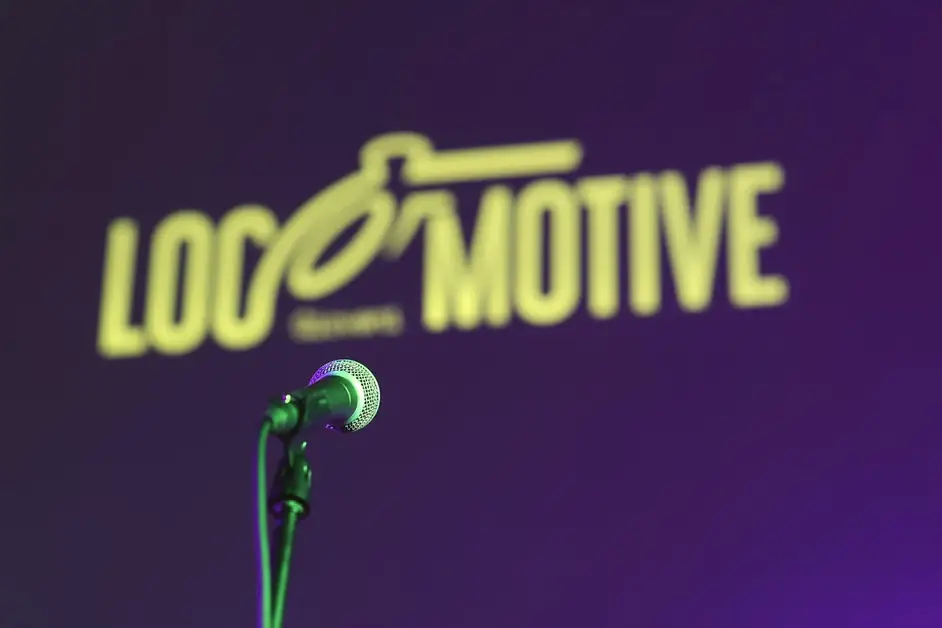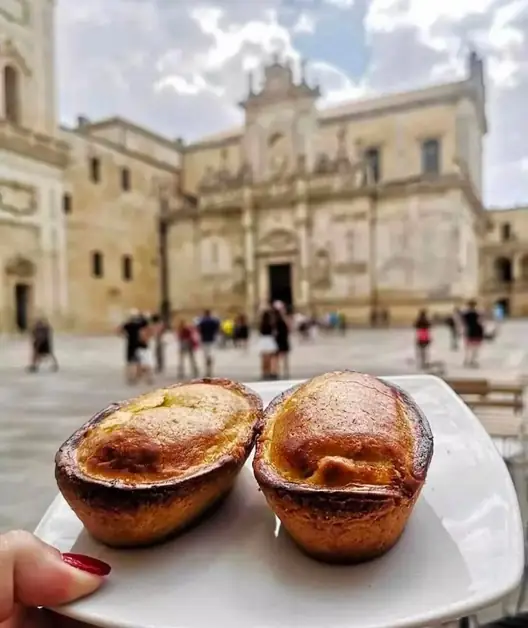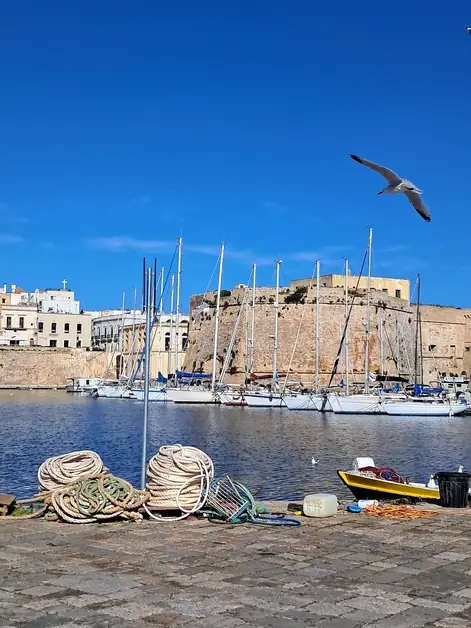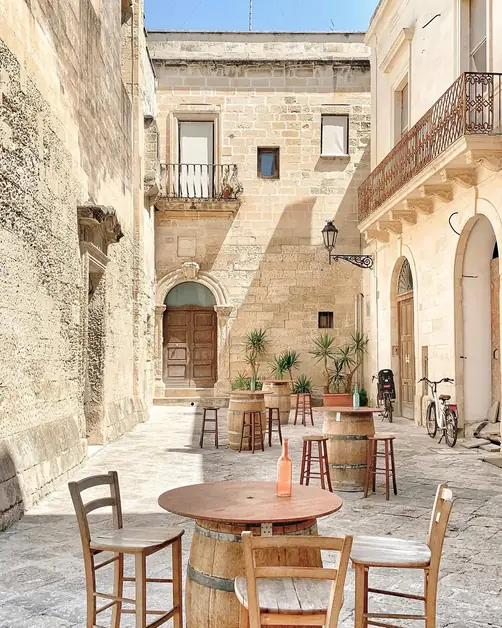The ancient gates of Lecce to explore
The ancient gates of Lecce tell the story and art of the city.
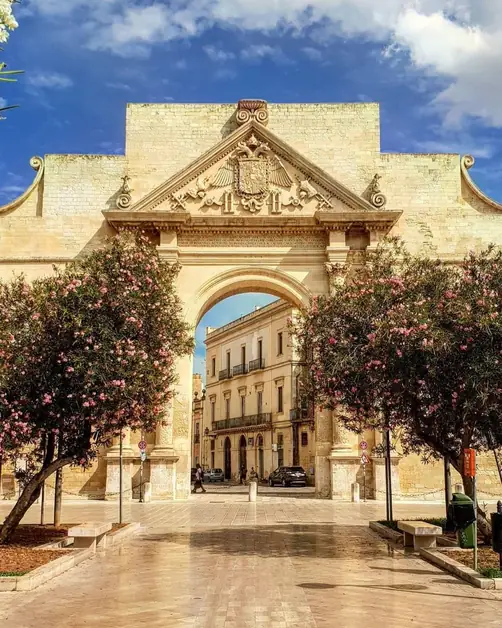
What are the gates of Lecce?
The gates of Lecce are three monumental entrances that once allowed passage through the medieval walls of the city. Today, they are historical and architectural symbols marking access to the baroque historic center. Walking under these arches means connecting with the most authentic Lecce.
How many ancient gates does Lecce preserve?
Lecce preserves three main gates: Porta Napoli, the most imposing and monumental. Porta Rudiae, a splendid example of Lecce baroque from the 18th century. Porta San Biagio, smaller but very scenic.
Where are the gates of Lecce located?
The gates surround the historic center and are easily reachable by foot or by car. Porta Napoli and Porta Rudiae are located near Viale dell’Università, while Porta San Biagio is situated on the southern side, along the current via Francoforte, a short distance from Piazza Sant’Oronzo.
Why is Porta Napoli called that?
Porta Napoli is named after the road that once led to Naples, the capital of the Kingdom. It was therefore the most important entrance for those arriving from outside the city. Even today, it impresses with its monumentality and scenic position in front of the obelisk.
What is Porta Napoli like?
Porta Napoli is a triumphal arch made of Lecce stone built in 1548. It is simple and solemn, with a large pediment and lateral columns. It lacks the baroque decorations of other gates because it was built in an earlier period when Lecce had primarily defensive functions. Today, it is one of the most photographed places by tourists.
What does Porta Rudiae represent?
Porta Rudiae is considered the most elegant entrance to the historic center of Lecce. Rebuilt in the 18th century, it is decorated with statues and bas-reliefs celebrating the city's history. The name derives from the ancient Messapian city of Rudiae, the birthplace of the poet Quintus Ennius, located a few kilometers from Lecce.
What decorative elements can be seen on Porta Rudiae?
At the top of Porta Rudiae, there are three statues: Saint Oronzo, the patron saint of Lecce, flanked by Saint Dominic and Saint Irene. On the sides, columns and baroque motifs appear, telling the artistic richness of the 18th-century Lecce. It is a gate that unites religious symbolism and architectural prestige.
What is Porta San Biagio?
Porta San Biagio is smaller than the other two but fascinates with its harmony and scenic position. It was dedicated to Saint Biagio, bishop and martyr, who is highly venerated in Lecce. The gate introduces visitors to a lively part of the center, characterized by local shops, restaurants, and picturesque streets.
What is the difference between the three gates of Lecce?
Porta Napoli: monumental, severe, Renaissance. Porta Rudiae: baroque, decorated, symbolic. Porta San Biagio: scenic, elegant, more intimate. Together they tell the historical and artistic evolution of the city.
How to reach the gates if I arrive by car?
The most convenient way is to park near Viale dell’Università, close to Porta Napoli and Porta Rudiae. From there, you can start your visit on foot, crossing the arches and immediately immersing yourself in the historic center of Lecce.
Why start the visit from Porta Napoli or Porta Rudiae?
Because both are located in easily accessible areas with available parking. Additionally, they represent two spectacular entrances to begin a walking itinerary through squares, churches, and baroque palaces. Porta Rudiae, in particular, leads directly to via Libertini and Piazza del Duomo.
What atmosphere is felt while walking near the gates?
Each gate offers a different sensation: Porta Napoli conveys grandeur and solemnity. Porta Rudiae welcomes with refined baroque details. Porta San Biagio invites you to discover more intimate corners of the city. Walking under these arches means traversing the history of Lecce, from medieval origins to baroque.
Can you take photos at the gates of Lecce?
Yes, the gates are among the most photographed subjects by tourists. Porta Napoli lends itself to panoramic shots thanks to the obelisk nearby. Porta Rudiae offers perfect details for close-up photos. Porta San Biagio, on the other hand, is very evocative in the evening when the lighting enhances the details in Lecce stone.
Which gate is the most loved by tourists?
Many tourists are struck by Porta Rudiae for its decorative richness, but Porta Napoli is also highly appreciated for its grandeur. Porta San Biagio, smaller, captivates those seeking picturesque and authentic views.
What role did the gates play in medieval Lecce?
Originally, the gates were an integral part of the city walls. They served to control access and defend the city. Over the centuries, they lost their military function and became symbols of prestige, transforming into true civic monuments.
What other attractions are near the gates?
From Porta Napoli, you can reach the historic center and the University of Salento in just a few minutes. From Porta Rudiae, you can quickly get to Piazza del Duomo and Via Libertini. From Porta San Biagio, you can stroll to Piazza Sant’Oronzo and admire the Roman amphitheater.
Why visit all three gates of Lecce?
Because each one tells a different face of the city: Renaissance, baroque, and scenic. Together they represent a cultural itinerary that enriches any visit to Lecce.
How much time is needed to see the gates of Lecce?
You can admire all three in less than an hour with a walk. But if you decide to explore the nearby streets and squares, the itinerary can turn into an entire day in the heart of baroque Lecce.
